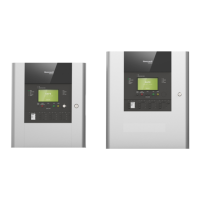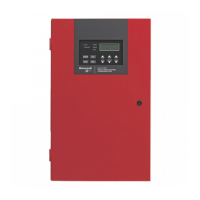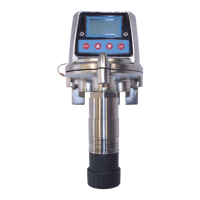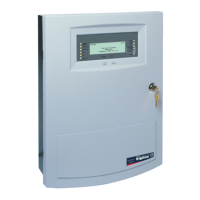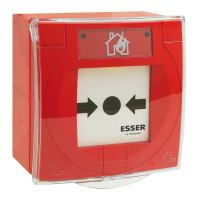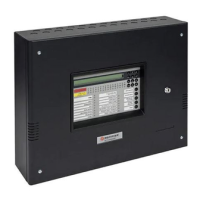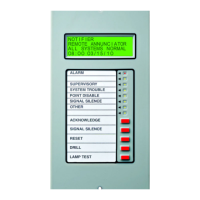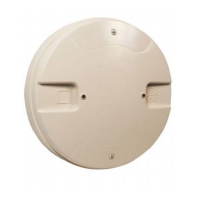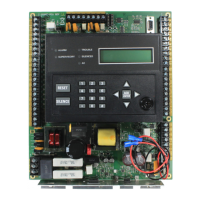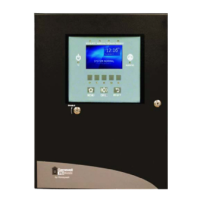XLS140 Installation Manual Form Number 95-7673-3 P/N 51927:C 12/06/2005 29
Section 3: Installation
3.1 Preparing for Installation
Choose a location for the fire alarm system that is clean, dry, and vibration-free with moderate
temperature. The area should be readily accessible with sufficient room to easily install and
maintain it. There should be sufficient space for cabinet door(s) to open completely.
Carefully unpack the system and inspect for shipping damage. Count the number of conductors
needed for all devices and find the appropriate knockouts. (Refer to Section 3.11 “UL
Power-limited Wiring Requirements” for selection guidelines.)
Before installing the fire alarm system, read the following:
• Review the installation precautions at the front of this manual, including temperature and
humidity limits for the system (Page 3).
• All wiring must comply with the National and Local codes for fire alarm systems.
• Do not draw wiring into the bottom 9 inches (22.86 cm) of the cabinet except when using a
separate battery cabinet; this space is for internal battery installation.
• Review installation instructions in Section 3.2 “Installation Checklist”.
3.1.1 Standards and Codes
In addition, installers should be familiar with the following standards and codes:
• NEC Article 300 Wiring Methods.
• NEC Article 760 Fire Protective Signaling Systems.
• Applicable Local and State Building Codes.
• Requirements of the Local Authority Having Jurisdiction.
• C22.1-98 The Canadian Electrical Code, Part 1.
• CAN/ULC-S5524-01 Standard for the Installation of Fire Alarm Systems.
!
CAUTION:
Make sure to install system components in the sequence listed below. Failure to do so can damage
the control panel and other system components.
!
WARNING:
This system contains static-sensitive components. Always ground yourself with a proper wrist strap
before handling any circuits. Use static-suppressive packaging to protect electronic assemblies
removed from the unit.
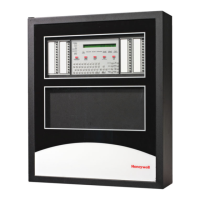
